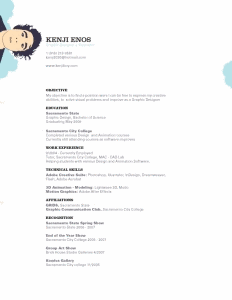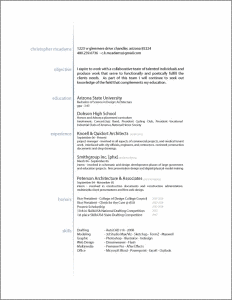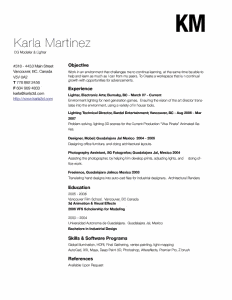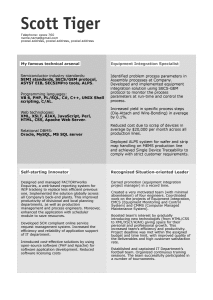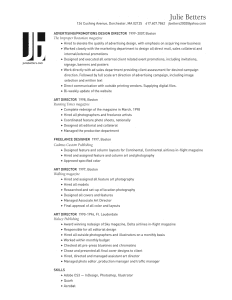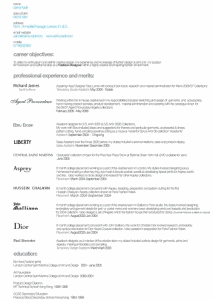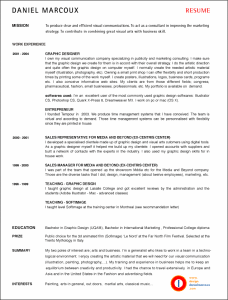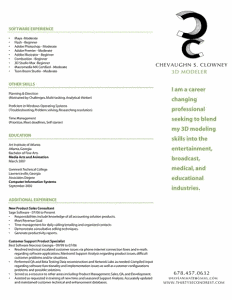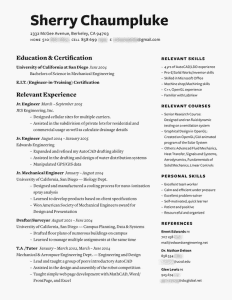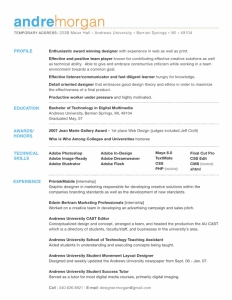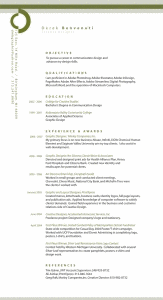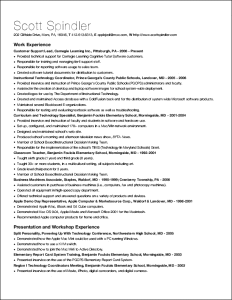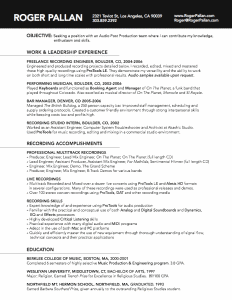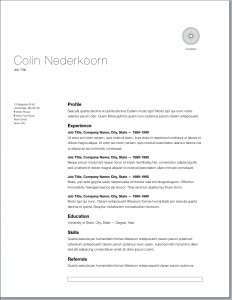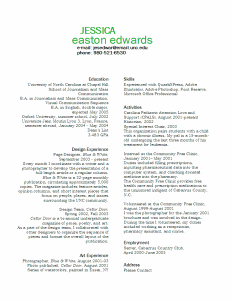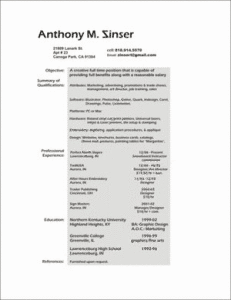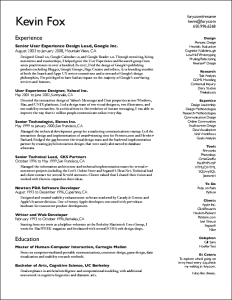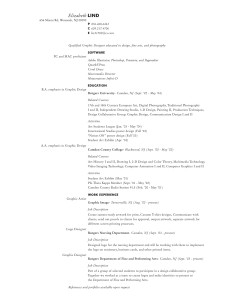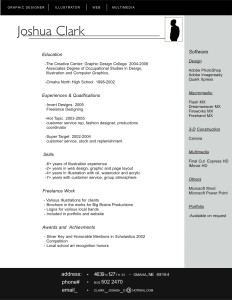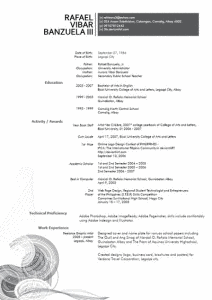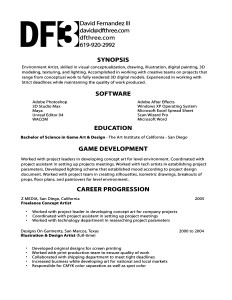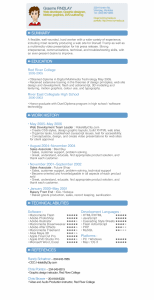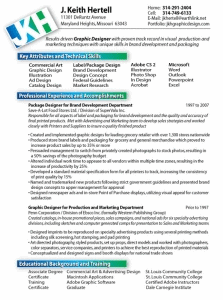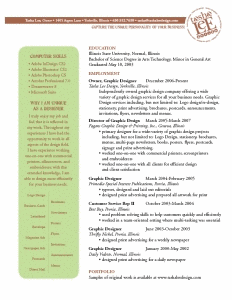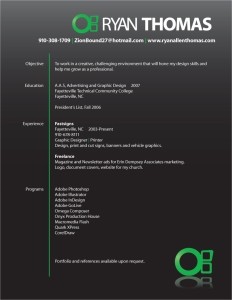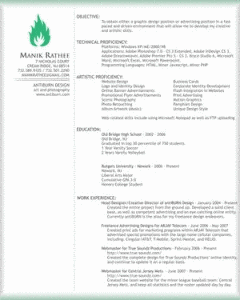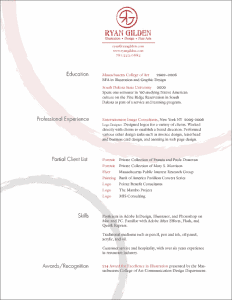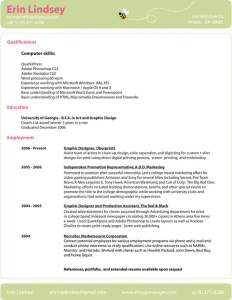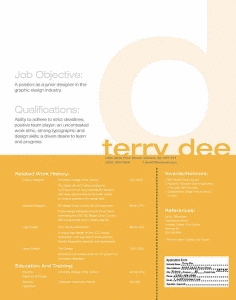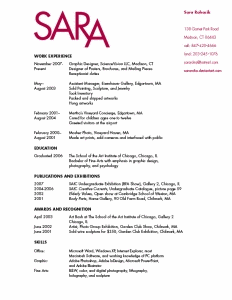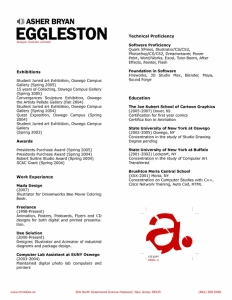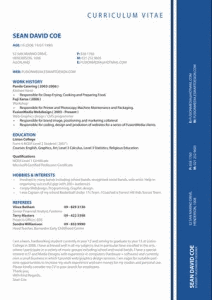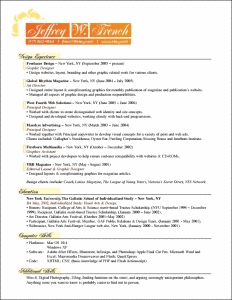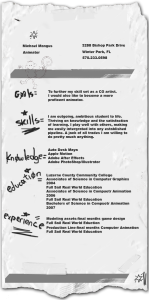Nouriel Roubini: I fear the worst is yet to come
When this man predicted a global financial crisis more than a year ago, people laughed. Not any more...

As stock markets headed off a cliff again last week, closely followed by currencies, and as meltdown threatened entire countries such as Hungary and Iceland, one voice was in demand above all others to steer us through the gloom: that of Dr Doom.
For years Dr Doom toiled in relative obscurity as a New York University economics professor under his alias, Nouriel Roubini. But after making a series of uncannily accurate predictions about the global meltdown, Roubini has become the prophet of his age, jetting around the world dispensing his advice and latest prognostications to politicians and businessmen desperate to know what happens next – and for any answer to the crisis.
While the economic sun was shining, most other economists scoffed at Roubini and his predictions of imminent disaster. They dismissed his warnings that the sub-prime mortgage disaster would trigger a financial meltdown. They could not quite believe his view that the US mortgage giants Fannie Mae and Freddie Mac would collapse, and that the investment banks would be crushed as the world headed for a long recession.
Yet all these predictions and more came true. Few are laughing now.
What does Roubini think is going to happen next? Rather worryingly, in London last Thursday he predicted that hundreds of hedge funds will go bust and stock markets may soon have to shut – perhaps for as long as a week – in order to stem the panic selling now sweeping the world.
What happened? The next day trading was briefly stopped in New York and Moscow.
Dubbed Dr Doom for his gloomy views, this lugubrious disciple of the "dismal science" is now the world's most in-demand economist. He reckons he is getting about four hours' sleep a night. Last week he was in Budapest, London, Madrid and New York. Next week he will address Congress in Washington. Do not expect any good news.
Contacted in Madrid on Friday, Roubini said the world economy was "at a breaking point". He believes the stock markets are now "essentially in free fall" and "we are reaching the point of sheer panic".
For all his recent predictive success, his critics still urge calm. They charge he is a professional doom-monger who was banging on about recession for years as the economy boomed. Roubini is stung by such charges, dismissing them as "pathetic".
He takes no pleasure in bad news, he says, but he makes his standpoint clear: "Frankly I was right." A combative, complex man, he is fond of the word "frankly", which may be appropriate for someone so used to delivering bad news.
Born in Istanbul 49 years ago, he comes from a family of Iranian Jews. They moved to Tehran, then to Tel Aviv and finally to Italy, where he grew up and attended college, graduating summa cum laude in economics from Bocconi University before taking a PhD in international economics at Harvard.
Fluent in English, Italian, Hebrew, and Persian, Roubini has one of those "international man of mystery" accents: think Henry Kissinger without the bonhomie. Single, he lives in a loft in Manhattan's trendy Tribeca, an area popularised by Robert De Niro, and collects contemporary art.
Despite his slightly mad-professor look, he is at pains to make clear he is normal. "I'm not a geek," said Roubini, who sounds rather concerned that people might think he is. "I mean it frankly. I'm not a geek."
He is, however, ferociously bright. When he left Harvard, he moved quickly, holding various positions at the Treasury department, rising to become an economic adviser to Bill Clinton in the late 1990s. Then his profile seemed to plateau. His doubts about the economic outlook seemed out of tune with the times, especially when a few years ago he began predicting a meltdown in the financial markets through his blog, hosted on RGEmonitor. com, the website of his advisory company.
But it was a meeting of the International Monetary Fund (IMF) in September 2006 that earned him his nickname Dr Doom.
Roubini told an audience of fellow economists that a generational crisis was coming. A once-in-a-lifetime housing bust would lay waste to the US economy as oil prices soared, consumers stopped shopping and the country went into a deep recession.
The collapse of the mortgage market would trigger a global meltdown, as trillions of dollars of mortgage-backed securities unravelled. The shockwaves would destroy banks and other big financial institutions such as Fannie Mae and Freddie Mac, America's largest home loan lenders.
"I think perhaps we will need a stiff drink after that," the moderator said. Members of the audience laughed.
Economics is not called the dismal science for nothing. While the public might be impressed by Nostradamus-like predictions, economists want figures and equations. Anirvan Banerji, economist with the New York-based Economic Cycle Research Institute, summed up the feeling of many of those at the IMF meeting when he delivered his response to Roubini's talk.
Banerji questioned Roubini's assumptions, said they were not based on mathematical models and dismissed his hunches as those of a Cassandra. At first, indeed, it seemed Roubini was wrong. Meltdown did not happen. Even by the end of 2007, the financial and economic outlook was grim but not disastrous.
Then, in February 2008, Roubini posted an entry on his blog headlined: "The rising risk of a systemic financial meltdown: the twelve steps to financial disaster".
It detailed how the housing market collapse would lead to huge losses for the financial system, particularly in the vehicles used to securitise loans. It warned that " a national bank" might go bust, and that, as trouble deepened, investment banks and hedge funds might collapse.
Even Roubini was taken aback at how quickly this scenario unfolded. The following month the US investment bank Bear Stearns went under. Since then, the pace and scale of the disaster has accelerated and, as Roubini predicted, the banking sector has been destroyed, Freddie and Fannie have collapsed, stock markets have gone mad and the economy has entered a frightening recession.
Roubini says he was able to predict the catastrophe so accurately because of his "holistic" approach to the crisis and his ability to work outside traditional economic disciplines. A long-time student of financial crises, he looked at the history and politics of past crises as well as the economic models.
"These crises don't come out of nowhere," he said. "Usually they arrive because of a systematic increase in a variety of asset and credit bubbles, macro-economic policies and other vulnerabilities. If you combine them, you may not get the timing right but you get an indication that you are closer to a tipping point."
Others who claimed the economy would escape a recession had been swept up in "a critical euphoria and mania, an irrational exuberance", he said. And many financial pundits, he believes, were just talking up their own vested interests. "I might be right or wrong, but I have never traded, bought or sold a single security in my life. I am trying to be as objective as I can."
What does his objectivity tell him now? No end is yet in sight to the crisis.
"Every time there has been a severe crisis in the last six months, people have said this is the catastrophic event that signals the bottom. They said it after Bear Stearns, after Fannie and Freddie, after AIG [the giant US insurer that had to be rescued], and after [the $700 billion bailout plan]. Each time they have called the bottom, and the bottom has not been reached."
Across the world, governments have taken more and more aggressive actions to stop the panic. However, Roubini believes investors appear to have lost confidence in governments' ability to sort out the mess.
The announcement of the US government's $700 billion bailout, Gordon Brown's grand bank rescue plan and the coordinated response of governments around the world has done little to calm the situation. "It's been a slaughter, day after day after day," said Roubini. "Markets are dysfunctional; they are totally unhinged." Economic fundamentals no longer apply, he believes.
"Even using the nuclear option of guaranteeing everything, providing unlimited liquidity, nationalising the banks, making clear that nobody of importance is going to be allowed to fail, even that has not helped. We are reaching a breaking point, frankly."
He believes governments will have to come up with an even bigger international rescue, and that the US is facing "multi-year economic stagnation".
Given such cataclysmic talk, some experts fear his new-found influence may be a bad thing in such troubled times. One senior Wall Street figure said: "He is clearly very bright and thoughtful when he is not shooting from the hip."
He said he found some of Roubini's comments "slapdash and silly". "Sometimes the rigour of his analysis seems to be missing," he said.
Banerji still has problems with Roubini's prescient IMF speech. "He has been very accurate in terms of what would happen," he said. But Roubini was predicting an "imminent" recession by the start of 2007 and he was wrong. "He hurt his credibility by being so pessimistic long before it was appropriate."
Banerji said on average the US economy had grown for five years before hitting a bad patch. "Roubini started predicting a recession four years ago and saying it was imminent. He kept changing his justification: first the trade deficit, the current account deficit, then the oil price spike, then the housing downturn and so on. But the recession actually did not arrive," he said.
"If you are an investor or a businessman and you took him seriously four years ago, what on earth would happen to you? You would be in a foetal position for years. This is why the timing is critical. It's not enough to know what will happen in some point in the distant future."
Roubini says the argument about content and timing is irrelevant. "People who have been totally blinded and wrong accusing me of getting the timing wrong, it's just a joke," he said. "It's a bit pathetic, frankly. I was not making generic statements. I have made very specific predictions and I have been right all along." Maybe so, but he does not sound too happy about it, frankly.

